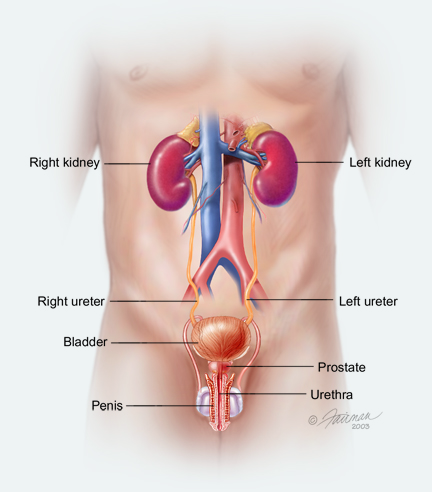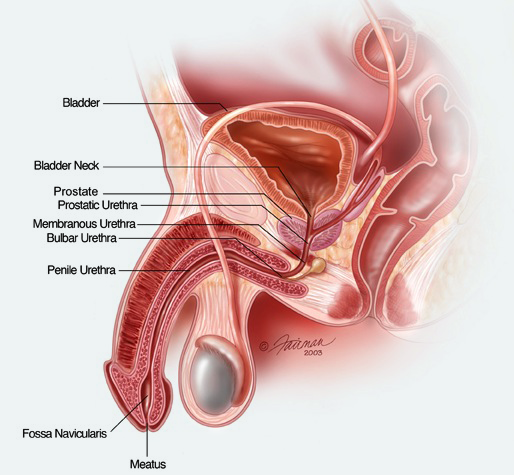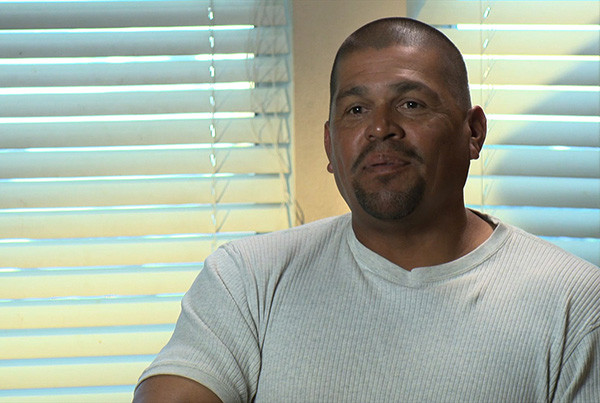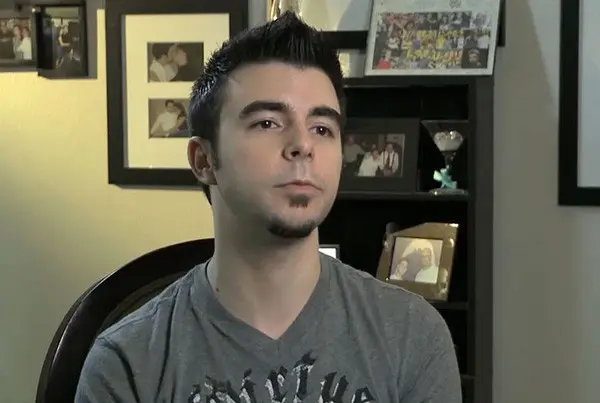After the urine gets back the bladder neck, it then travels through the prostate (a gland that surrounds the urethra). This portion of the urethra, closest to the bladder, is called the prostatic urethra.
As a side note, during ejaculation but not urination, secretions from the prostate and other glands called seminal vesicles along the sperm made in the testicles all enter the prostatic urethra which then is propelled down and out the tip of the penis.
As the urine continues to travel on it’s journey towards the penis, it enters a short segment called the membranous urethra, which is surrounded by a muscle called the external urinary sphincter. This is also a source of continence. This external sphincter muscle is generally relaxed only during urination. If I man wants to try to stop during urination mid-stream, what makes that possible is the voluntary contraction of the external sphincter. However, it is generally not a good idea to try to stop urinating in the middle of urination. The membranous urethra is the portion of the urethra often damaged when the pelvic is fractured during a motor vehicle accident or pelvic crush injury. This urethral trauma is called a pelvic fracture urethral injury.
Just a couple of urethra anatomy details – The bladder neck and the external sphincter are two distinct continence mechanisms that prevent involuntary urine leakage (incontinence). As long as one is functional, a man will not be incontinent (leak urine). In a way, it is similar to the main water line and a faucet connected to a garden hose in the home. If the water is turned off at the main water line, then water will not come out of the garden hose, regardless of the setting at the faucet. Moreover, if a working faucet is in the “off” position, water will not exit the hose when the main water line is not turned off. One other detail is that the prostatic urethra and the membranous urethra are together called the posterior urethra.








